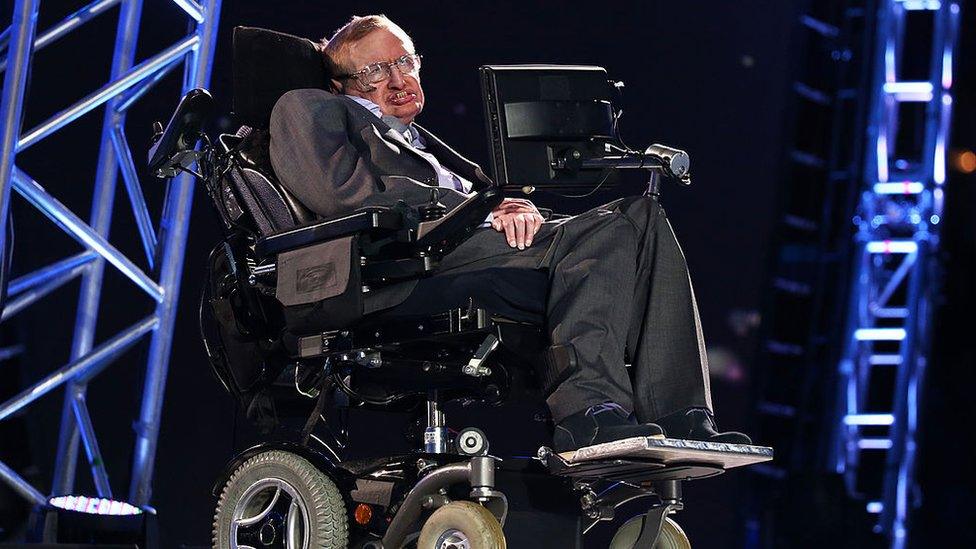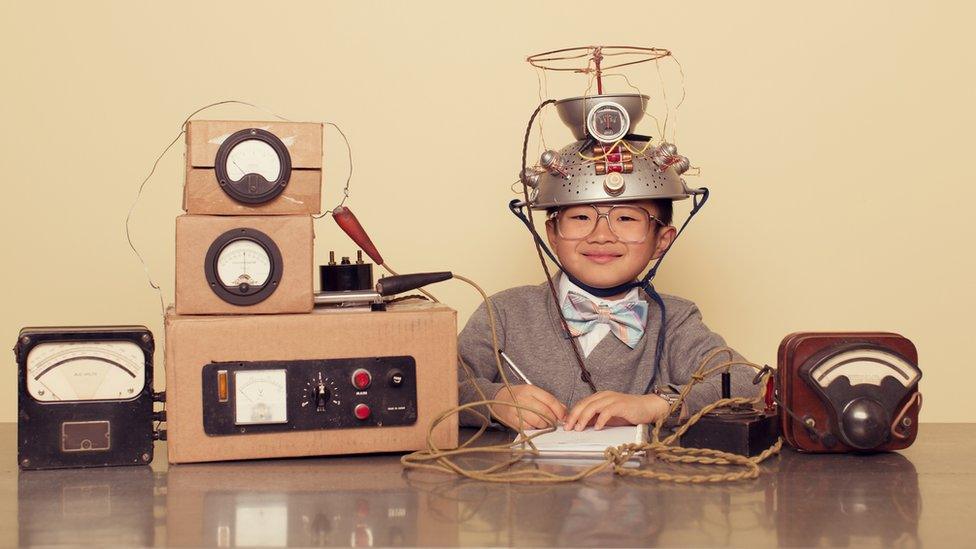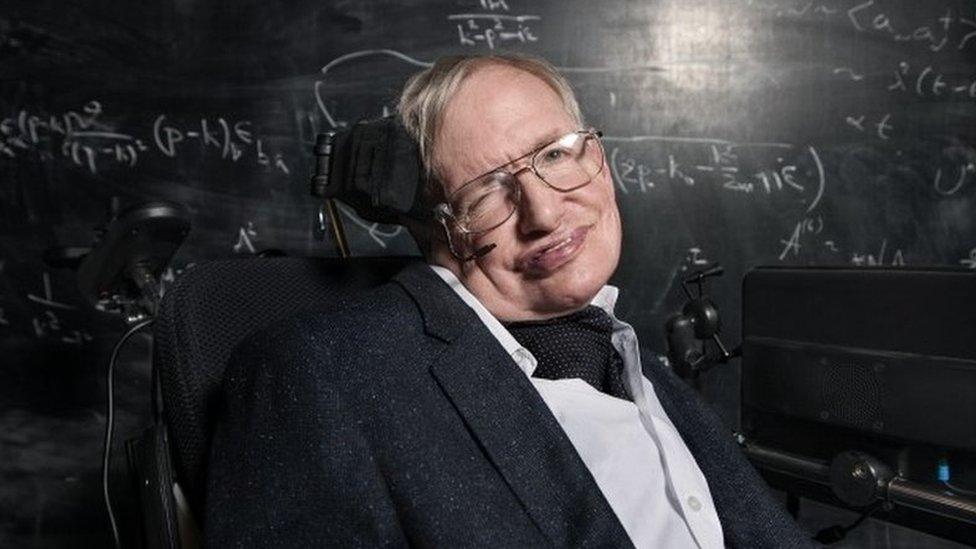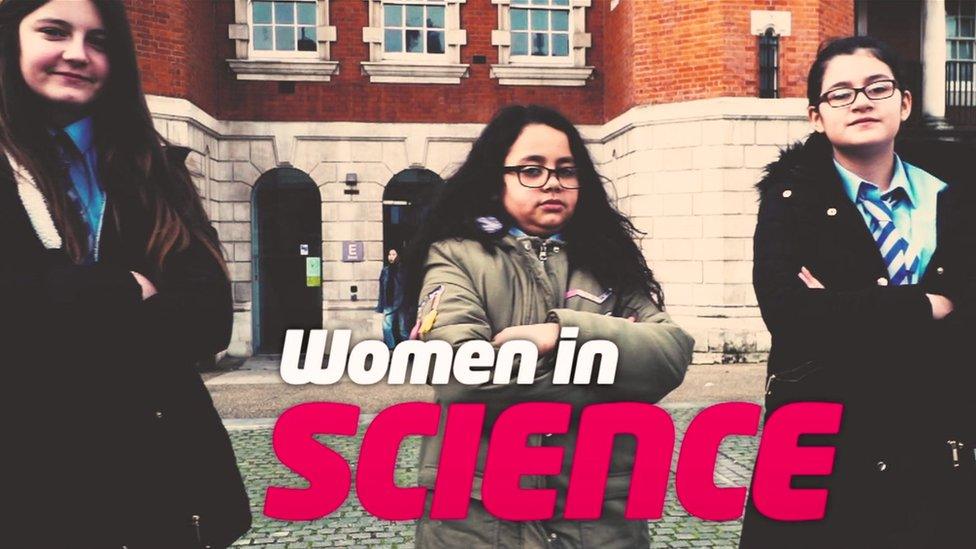Brain recordings could give non-speakers a new voice
- Published
- comments

Imagine a world where your thoughts could be translated into speech without you ever moving your lips.
Well that could soon be a reality... And it's down to some very clever brain science.
A team at the University of California San Francisco in the USA have been developing state-of-the-art technology which sends brain activity readings to a virtual mouth, recreating the movements we make when we speak.
In the future the tech could be used to help people who have lost their ability to talk because of an accident or illness.
Existing speech generating devices, like the one that was used by Stephen Hawking, are very slow to use. Typically, users have to spell out each word they want to speak letter by letter, by using their eyes or movements of the face.

Stephen Hawking had a rare form of motor neurone disease and used a speech-generating device to communicate.
In this way, a user could communicate a maximum of 10 words per minute. That's incredibly slow when you compare it to the natural way we talk - speaking between 100 to 150 words per minute.
The new tech could change that, by focusing on the parts of the brain responsible for moving the vocal tract - things like your lips, tongue and throat.

Brain activity operates a virtual vocal tract, which is then put through a synthesiser to create sound. Science - WOW!
Researchers tested the technology by implanting a special electrode into the brains of volunteers, who were then asked to read lots of different sentences out loud.
Their brain activity was recorded and sent to a computer which was trained to read these messages and use them to make a virtual version of the vocal tract move.
These movements were then put through a synthesiser to create speech sounds.
Although the speech sounds produced by were sometimes fuzzy, they were much more accurate than anything that's been created before.

This is NOT the technology the researchers used... but it looks pretty cool just the same
The scientists behind the experiment hope that eventually some of the natural musicality of human speech could be copied by the device, creating a synthetic voice that can express emotion and personality.
On his hopes for the future of the experiment, researcher Josh Chartier said: "People who can't move their arms and legs have learned to control robotic limbs with their brains. We are hopeful that one day people with speech disabilities will be able to learn to speak again using this brain-controlled artificial vocal tract."
- Published14 March 2018

- Published11 February 2019

- Published17 May 2012

- Published11 February 2019

